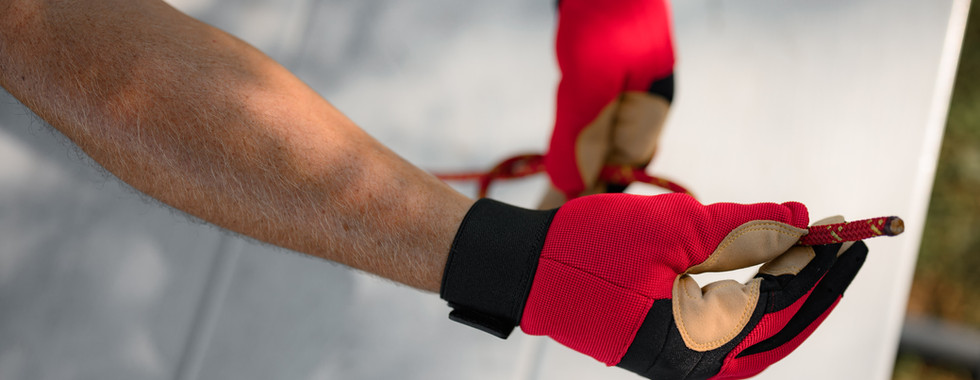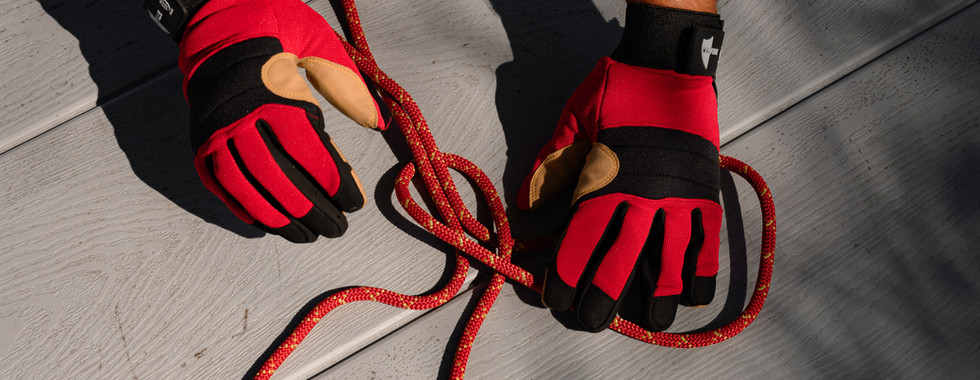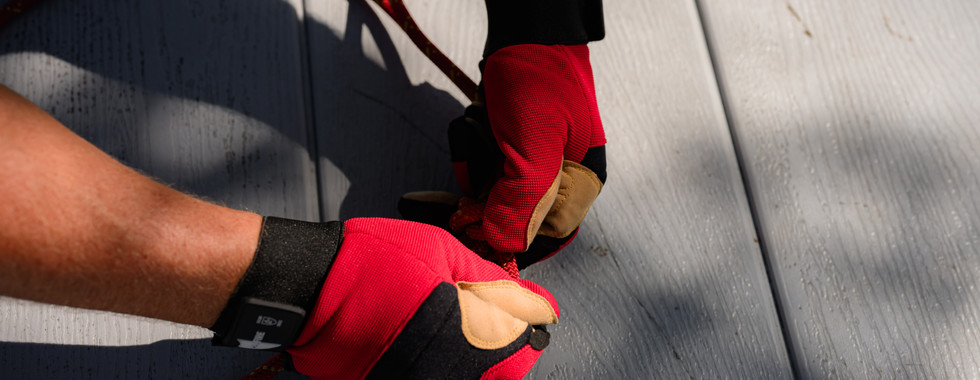9 Firefighter Knots & Rescue Knots You Need To Know
- majesticfireseo
- Oct 13
- 4 min read
When out on a rescue, firefighters may need to use a variety of firefighting knots and ropes. Each of these fire service knots serves a different purpose and can be leveraged in different scenarios. So, if you’re asking yourself, “What types of knots do firefighters use?” you can find the answers in this guide.
Different Types of Firefighting Knots and Rescue Knots
Figure 8 Knot
Bowline Knot
Clove Hitch
Overhand Safety Knot
Water Knot
Spanish Bowline
Purcell Prusik Loop
Double Fisherman’s or Barrel Knot
Becket Bend
Figure 8 Knot
This is a quick stopper knot that can prevent lines from sliding and can also fasten a rope to an object. This knot is important in climbing rescues where this knot can act as the basis for fireman knots such as the Figure 8 Bend, Double Figure 8 Loop, and the Figure 8 Loop Follow Through. To complete this knot:
Loop the tail over itself to create a circle.
Pass the tail underneath and around the standing end.
Thread the tail through the loop to complete the knot.
Bowline Knot
Like the Figure 8 Knot, Bowline Knots allow a rope to be fastened to an object. Two bowlines can be connected to unite two ropes. A Bowline Knot can either slip over objects or be tied to encompass an object in its loop. To create a Bowline Knot:
Make a small loop, leaving enough rope for the desired loop size.
Thread the rope's end through the loop, similar to tying an overhand knot.
Wrap the end around the standing part of the rope.
Pass the end back through the small loop.
Tighten the knot to secure the bowline.
Clove Hitch Knot
This self-tightening hitch is used to attach a rope to a tool, anchor, or object. Clove Hitches can be thrown or tied. To tie a Clove Hitch around an item, follow these steps:
Wrap the rope's end around the object.
Pass the end over the standing part of the rope and around the object again.
Tuck the end underneath itself.
Tighten the knot to secure the clove hitch.
Overhand Safety Knot
An Overhand Safety Knot is used to secure the working end of a rope to the standing part of the rope. This knot provides added safety through the securing of the loose working end of rope. To create an Overhand Safety Knot:
Take the working end of the rope and form a small loop by crossing it over the standing part of the rope.
Take the working end and pass it through the loop you just created.
Pull both the working end and the standing end to tighten the knot.
Water Knot
A Water Knot joins webbing of similar or different sizes. This knot has several other names, including the Grass Knot, Overhand Follow-Through, Ring Bend, and Tape Knot. If only one piece of webbing is used and the opposite ends are tied, it can create a sling or loop. To craft a Water Knot:
Tie a loose overhand knot at the end of the strap.
Take the other strap and thread it in the opposite direction, following the same path as the first knot.
Tighten the knot securely.
Spanish Bowline
The Spanish Bowline is a double loop knot that is very symmetrical. Each loop is created separately, and in a rescue situation, one loop can be used around each leg. To create a Spanish Bowline:
Create a loop with the rope.
Tuck the loop under the standing ends.
Fold one half of the rope over the center.
Fold the opposite half across to form two side loops and one central loop.
Pass each side of the central loop through the side loops.
Pull the sides through and tighten the knot.
Purcell Prusik Loop
This adjustable loop is used often in search and rescue settings. The Purcell Prusik Loop can be used in rescue situations that require descension and ascension. To create this loop:
Lay the rope out to create two loops with the ends overlapping.
Use the overlapping section to tie a Figure 8 knot.
Twist the long loop to create two three-turn coils.
Arrange the coils to form a tube.
Pass the short loop and the Figure 8 knot through the tube.
Tighten the tube and adjust its length.
Double Fisherman’s or Barrel Knot
This knot is mainly used as a bend to join two ropes together, and can also be used to create a Prusik’s Loop. Often used in rescue operations, this compact knot is known for being reliable when tied properly. To tie this knot:
Overlap the two ends of the ropes.
Wrap one end around both ropes twice, then pass it back through the turns and pull tight.
Wrap the other end around both ropes twice, pass it back through, and pull tight.
Pull on both ropes to tighten the knots against each other.
Becket Bend
The Becket Bend is used to tie ropes with different diameters together. When tying ropes of varying diameters, the bight should go in the rope with the bigger diameter. To tie a Becket Bend:
Form a loop with Rope A.
Pass Rope B through the loop of Rope A.
Cross Rope B over the standing part of Rope A, then under it.
Bring the working end of Rope B over the loop of Rope A and under the standing part of Rope B.
Tighten the knot by pulling both standing parts of Rope A and Rope B.
Check that the knot is secure and compact.
Majestic Fire Apparel Is Your Firefighting PPE Partner
Now that you know how to tie some essential firefighter rope knots, it's time to explore the top-quality gear we offer for firemen like you. We take pride in providing durable fire hoods, gloves, and a wide range of personal protective equipment (PPE) designed for your safety and performance. Based in the USA, we are committed to supporting the brave men and women who risk it all to protect others. Contact us and gear up with the best!
MFA70 Rope Rescue Gloves: https://www.majhoods.com/rope-rescue-gloves




















































































































































































































































































































































































































































